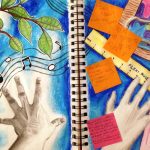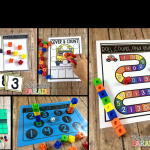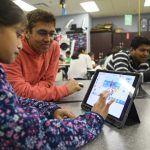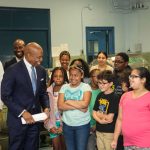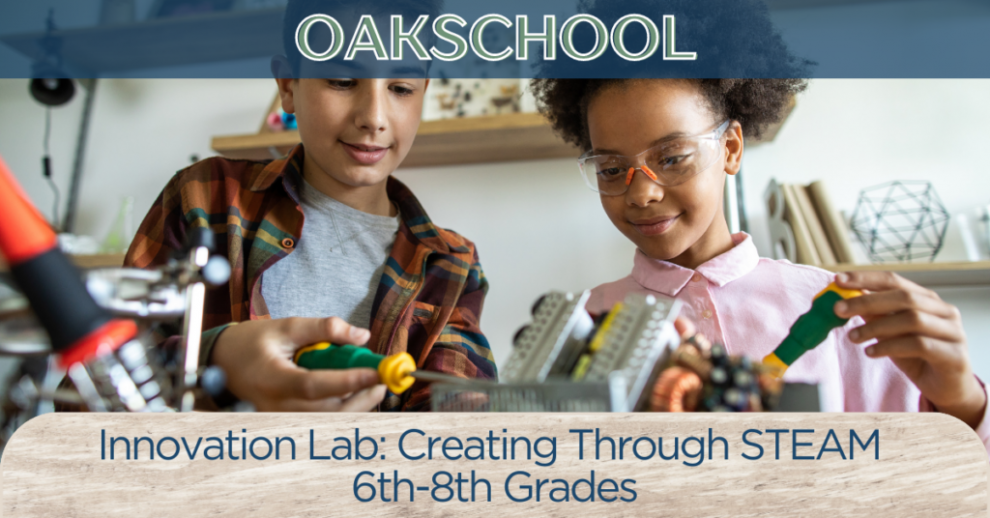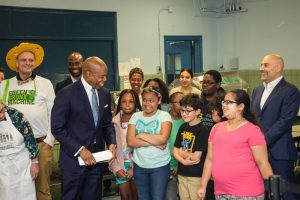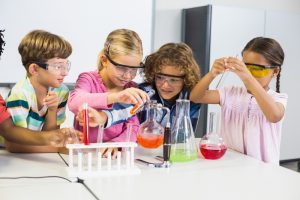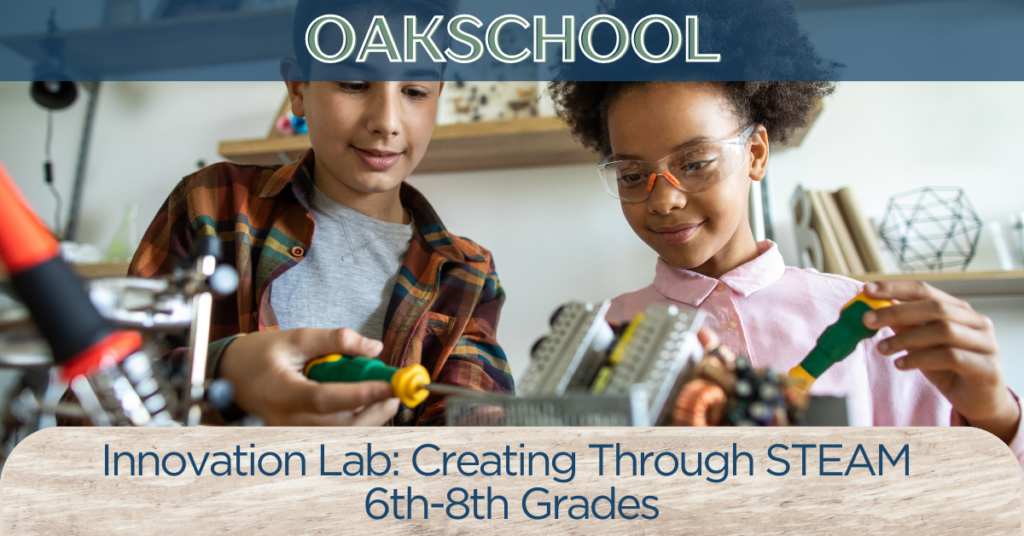
Exploration is an integral part of education, especially for students in grades K-8. Giving young minds the freedom to explore encourages curiosity, creativity, critical thinking, and problem-solving skills that are foundational for lifelong learning and success. As American inventor Thomas Edison said, “To invent, you need a good imagination and a pile of junk.” Creating opportunities for open-ended exploration provides students with the space to exercise their imagination and make exciting discoveries.
Fostering Curiosity and Engagement
Children are innately curious, and exploration fuels further curiosity. Open exploration time allows students to follow their interests, ask questions, and make connections. Rather than passively receiving instructions, students are active participants discovering how the world works. Hands-on experiences make learning more concrete, increasing student engagement and knowledge retention.
For example, providing a variety of art materials like clay, paint, and craft items lets students creatively explore artistic concepts. Creating science exploration stations with items like magnets, rocks, shells, and magnifying glasses encourages investigation of scientific principles. Having baskets of dress-up clothes, props, and puppets in the classroom stimulates imaginary play. When students are guided to follow their curiosities rather than complete prescribed projects, their engagement and excitement for learning multiplies.
Promoting Creativity and Critical Thinking
The open-ended nature of exploratory learning promotes creativity and critical thinking skills. When students are not limited to specific outcomes, they flex their creative muscles to engineer solutions, try out artistic ideas, construct new products, and more. Exploring possibilities fosters innovative thinking and problem solving.
Setting learning areas like a tinkering space with spare mechanical parts or a makerspace with craft supplies gives students freedom to create. Trying out multiple options with artistic media or troubleshooting mechanical parts requires evaluative thinking. Explaining how their creations work or the intent behind artistic pieces involves critical analysis. Open exploration expands the possible learning pathways, pushing students to think both imaginatively and critically.
Developing Collaboration and Communication
While allowing time for independent exploration, students can also be encouraged to collaborate and communicate their discoveries. Pairing or grouping students to explore materials together necessitates teamwork, sharing, and negotiating skills. These interpersonal abilities are invaluable for real-world success.
Exploration culminates in creating something new or gaining insights, and students should have opportunities to present their findings. Science explorations can conclude with students explaining their experiments and results. Art explorations can involve displaying finished pieces along with descriptions of students’ artistic goals and techniques. Verbally articulating their thought processes, strategies, and conclusions solidifies learning and builds communication abilities.
Sparking Passions and Purpose
Finally, providing students with exploratory learning experiences can uncover lifelong interests and passions. Hands-on exposure to concepts, topics, and materials allows children to find what really sparks their excitement. They can then further pursue these interests outside of school or even shape future academic and career paths around them.
For instance, working with geometry tools may inspire a passion for architecture. Experimenting with circuitry kits could light an engineering spirit. Discovering clay art may shape a lifelong creative outlet. Exploration helps students recognize their talents and find their purposes. Guiding exploratory learning ultimately allows students to reach their full potential.
In Summary
Promoting open-ended exploration is a winning strategy in K-8 education. Letting students’ curiosities direct their learning fosters engagement, creativity, critical thinking, and collaboration. Exploration helps spark passions and gives students agency in shaping their education. Guiding exploratory learning creates lifelong learners that think imaginatively, independently, and purposefully. The power of exploration unleashes students’ capabilities, allowing them to thrive academically and beyond the classroom.

